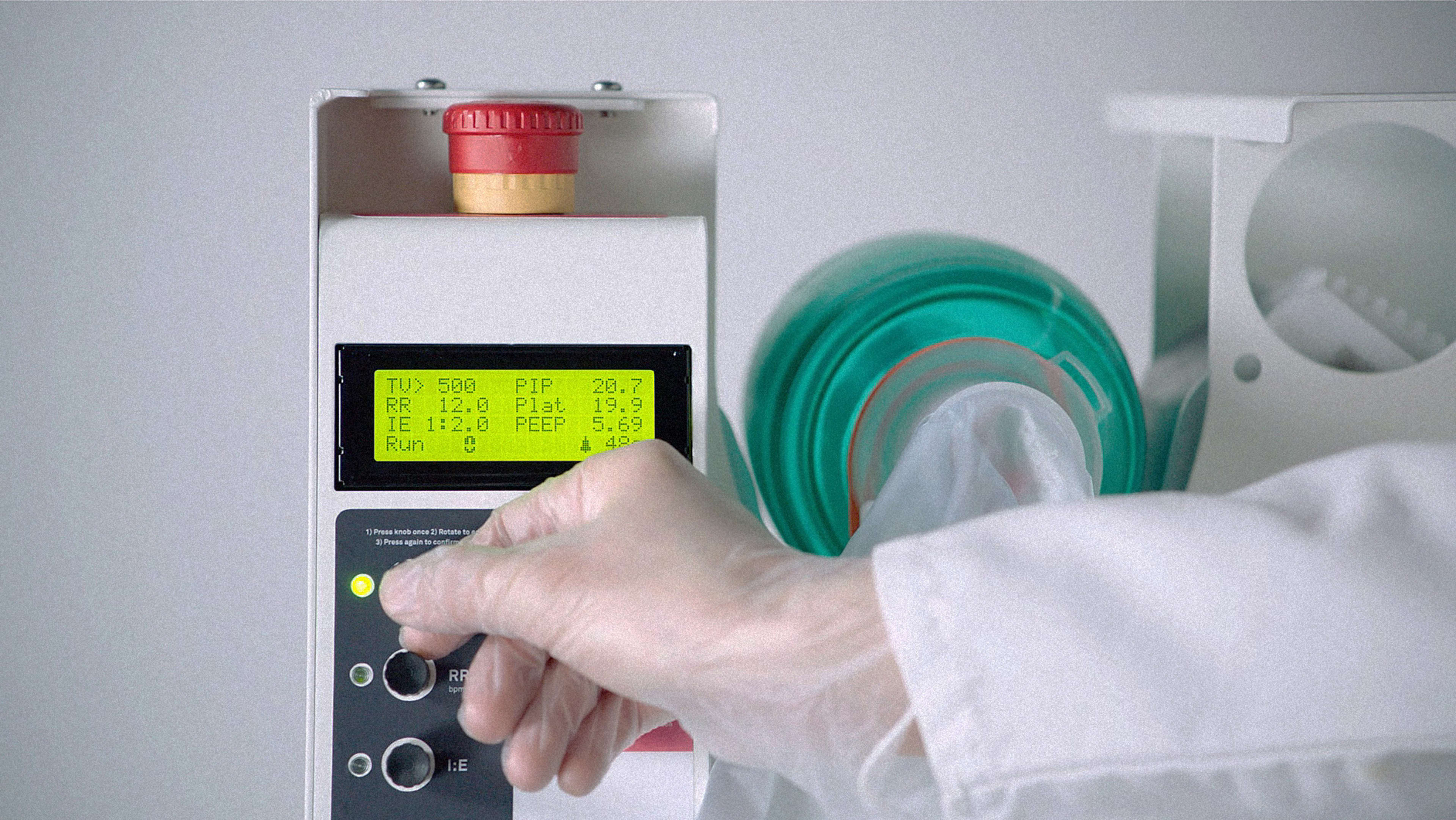Though hard-hit cities such as New York have so far managed to avoid the worst-case scenario seen in Italy, where some doctors were forced to choose which patients would get access to the life-saving devices and which would die, most hospitals still don’t have enough ventilators to deal with a surge in coronavirus cases. In countries such as South Sudan, where there are only four ventilators for the entire nation, the situation is even more dire. Part of the problem is that ventilators cost tens of thousands of dollars each, making it hard for hospitals to have a large enough supply for the chance of rare emergencies (and impossible for developing world hospitals to ever acquire them). Now the world is racing to make them cheaper.
One device, called the Spiro Wave, was based on an open-source design from MIT and developed by a team of engineers, computer scientists, and physicians over the last month. The FDA has now authorized the device for emergency use, and the units will be ready to start shipping this week. Another “ventilator alternative,” called Coventor, which will soon begin production, also recently received emergency use authorization from the FDA. Both cost far less than a standard ventilator.

An ad-hoc team across the country scrambled to develop the Spiro Wave as quickly as possible. “We were all making machines and shipping devices to each other and sharing code on GitHub,” says Scott Cohen, cofounder of Newlab, a New York City-based tech lab that worked closely with MIT and other groups on the device. The design was inspired by a prototype previously developed at MIT that modifies a hand-operated ventilator so that it can pump automatically. It doesn’t replace full-featured ventilators: “For really critical patients, you’d need them on a higher-fidelity machine,” Cohen says. Still, it can help others who aren’t getting enough oxygen on their own. In some cases, doctors are also trying to avoid ventilators, which can cause medical issues themselves and don’t always save COVID-19 patients; some patients in respiratory distress can be improved by changing their position in the hospital bed.
The original MIT device, the E-Vent, was designed to be built with around $100 in parts when it was conceived in 2010. But the parts have since gone up in cost to around $500, and because the new version has more sensors and advanced controls, that adds to the cost too. Still, the group estimates that the final price will be less than $5,000. A standard hospital ventilator sells for $20,000 to $25,000 (and for more now, as demand has surged).
The New York City Economic Development Corporation helped fund development, and a fund managed by Rockefeller Philanthropy Advisors will give grants to manufacturers to cover the cost of production. The Coventor, developed by a team of engineers and medical school faculty at the University of Minnesota, works in a similar way but will cost roughly $1,000 to produce. Boston Scientific plans to begin manufacturing the devices and selling them at cost.
The Coventor design will be open-source, and the Spiro Wave will also be shared with others. “We’re talking to folks in Brazil and Mexico and Turkey and India about taking this design. . . . That’s kind of the next wave of this thing,” says Cohen. “Although we’re focused first and foremost on New York, we are really viewing this as kind of an index manufacture for scaling this to other parts of the world. We intend to give away the design to other producers that we qualify and make sure that they can do it well.”
Correction: We’ve updated this article to note that the ventilators have not yet shipped.
Recognize your brand’s excellence by applying to this year’s Brands That Matter Awards before the early-rate deadline, May 3.
